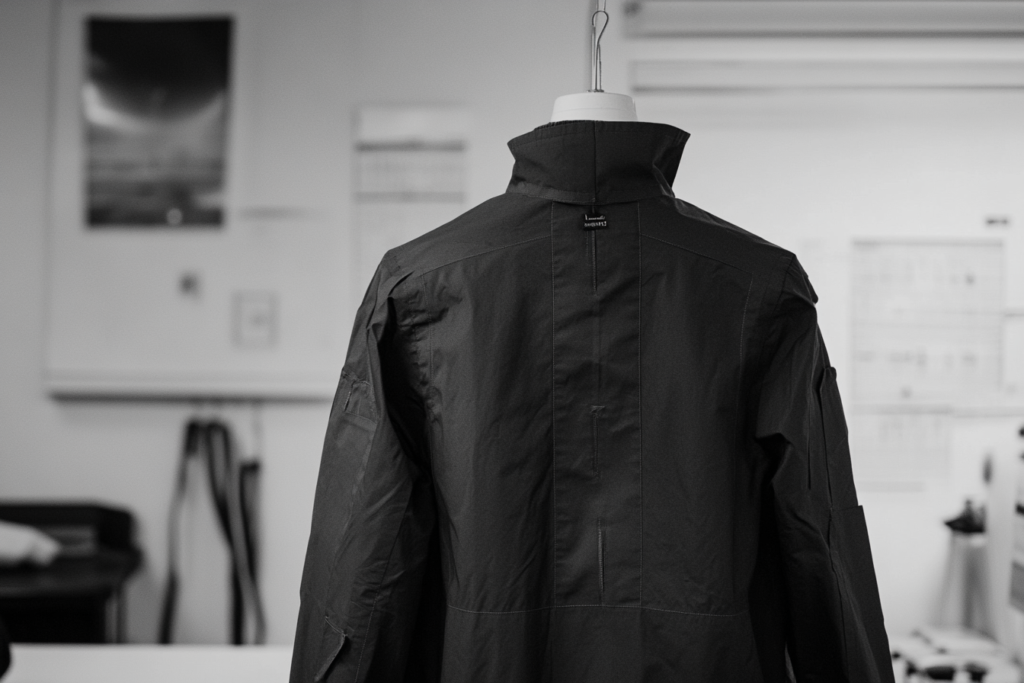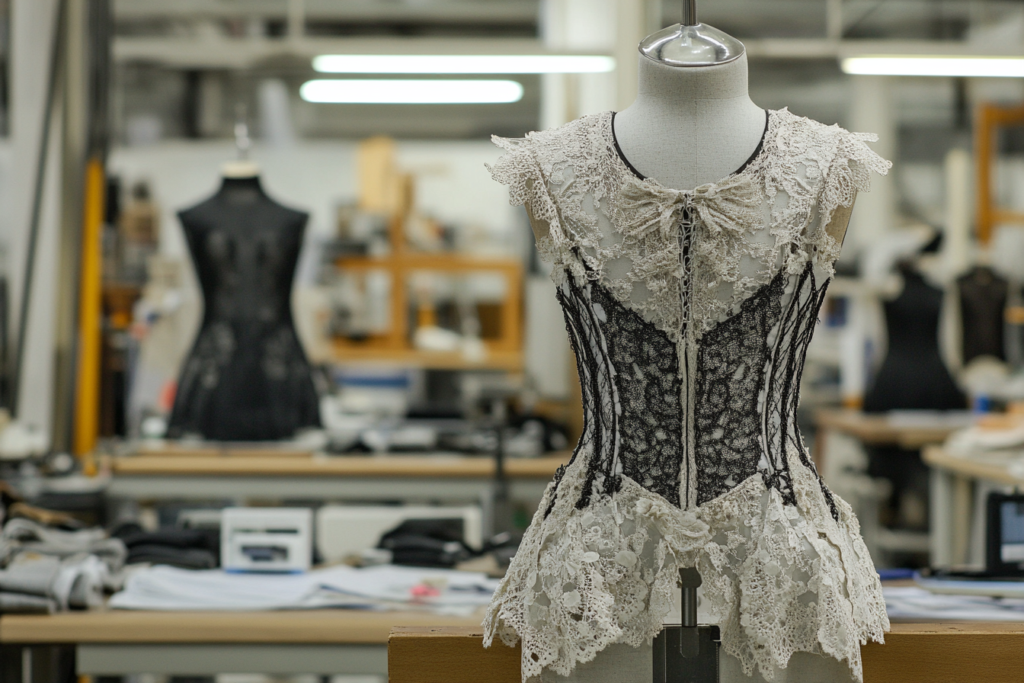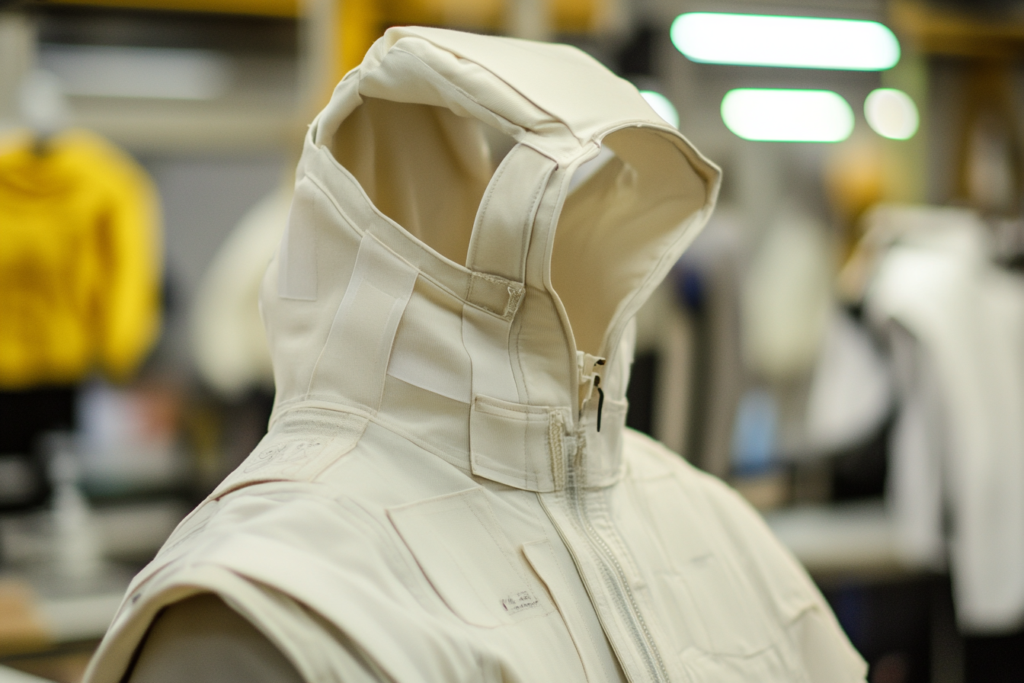Prototype Sample: The Foundation of Garment Development
Meta Description: A prototype sample is the first garment produced based on the manufacturing specifications. Learn its importance in the production process and how it serves as the basis for future garment production.
What is a Prototype Sample?
A prototype sample is the first version of a garment created based on the detailed specifications outlined in the specification sheet. This sample serves as a tangible representation of the design and production instructions, providing designers, manufacturers, and buyers with a visual and functional example of the intended product. It is an essential step in the garment development process, allowing for adjustments and refinements before mass production begins.
The prototype sample is often considered the “blueprint” for the final product. It helps identify any issues in construction, fit, or material choice that may not have been apparent during the design phase.


Key Features of a Prototype Sample
| Feature | Description |
|---|---|
| Initial Version | The first attempt at creating the garment based on the design concept. |
| Based on Specifications | The prototype is created from the manufacturing details in the specification sheet. |
| Testing and Adjustments | Allows for evaluation of fit, construction, and design before mass production. |
| Proof of Concept | Provides a physical version of the design to assess its practicality and appeal. |
| Fabric and Trim Selection | Helps to finalize fabric choices, trims, and accessories based on the sample’s appearance and feel. |
Why is a Prototype Sample Important?
- Validation of Design
The prototype sample is the first chance to see the design come to life. It allows designers to check if the garment looks and fits as intended. Issues related to sizing, proportions, and design details (like stitching or embellishments) can be identified and fixed early on. - Material Testing
Since the prototype is made using actual materials, it provides valuable insight into how the chosen fabrics and trims behave. This includes assessing fabric drape, stretch, weight, and durability. Sometimes, the prototype may reveal that a different fabric would work better for the design. - Fitting and Functionality
The prototype sample serves as a practical test to ensure the garment is comfortable and functional. It helps assess whether the design elements work together as intended, including the fit, movement, and usability of closures, pockets, and other details. - Cost Estimation
Producing a prototype sample allows manufacturers to calculate the costs associated with making the final garment. This includes determining how much fabric is required, the complexity of stitching, and whether additional costs (such as extra trims or special finishes) are needed.
When is a Prototype Sample Created?
A prototype sample is typically created after the design phase and once all necessary materials have been selected. It is produced after the creation of the initial design sketches and when the specification sheet is finalized. Here’s an outline of when the prototype is made in the garment production process:
- Design Finalization
After the garment design is approved, detailed specifications are created, including measurements, materials, and construction techniques. - Pattern Making
A pattern is drafted based on the design specifications. This pattern is used to cut the fabric for the prototype sample. - Prototype Production
The sample garment is then constructed according to the specification sheet, and it serves as a prototype for review. - Review and Evaluation
The prototype sample undergoes testing, fitting, and adjustments. Once approved, the final sample can be made for production.
What Happens After the Prototype Sample?
Once the prototype sample has been reviewed and approved, the next steps in the production process typically include:
- Final Sample Creation: This sample may be slightly altered based on the prototype feedback before it is sent to buyers, distributors, or manufacturers for mass production.
- Production Planning: Once the final sample is approved, the company can move forward with detailed production planning, including fabric purchasing, pattern grading, and line setup.
- Bulk Production: The design is then ready for full-scale production, with all adjustments made based on the feedback from the prototype sample.
Benefits of Prototype Samples
- Reduced Errors
By catching potential design or fit problems early, prototype samples help prevent costly mistakes during mass production. It allows manufacturers to address issues before large quantities of fabric or materials are ordered. - Improved Quality Control
The prototype sample serves as the standard for quality control throughout the production process. All subsequent garments are compared against this sample to ensure consistency in quality, fit, and finish. - Faster Time-to-Market
Having a physical prototype allows stakeholders to make quicker decisions and prevent delays. Feedback from the prototype helps streamline the process and reduce the time it takes to go from design to retail. - Better Collaboration
The prototype serves as a communication tool between designers, manufacturers, and buyers. It helps align everyone on expectations and ensures the final product meets the original design vision.
The Role of Technology in Prototype Sampling
With advancements in technology, the process of creating a prototype sample has become more efficient. 3D virtual prototypes and computer-aided design (CAD) systems allow for the creation of digital garment samples, enabling quick adjustments before producing physical prototypes. This technology saves time, reduces waste, and can help brands visualize how a design will look and fit.
However, physical prototypes are still essential for certain types of garments, especially when fabric behavior, texture, and drape need to be tested in real-world conditions.
Conclusion: The Importance of Prototype Samples in Garment Production
The prototype sample is a vital part of the garment creation process, acting as the bridge between design and mass production. It allows for testing, evaluation, and fine-tuning of every aspect of the garment, from fit to fabric choice to functionality. With its role in ensuring quality, reducing errors, and speeding up production, the prototype sample is an indispensable step in creating a successful final product.
Whether you’re a designer or a manufacturer, the importance of the prototype sample can’t be overstated. It’s the tool that helps bring designs to life and ensures the final product meets both aesthetic and functional expectations.



